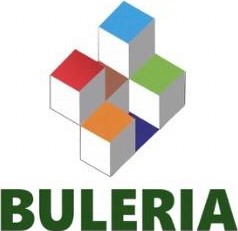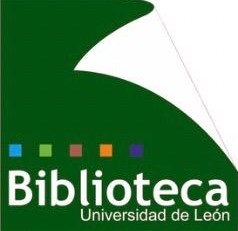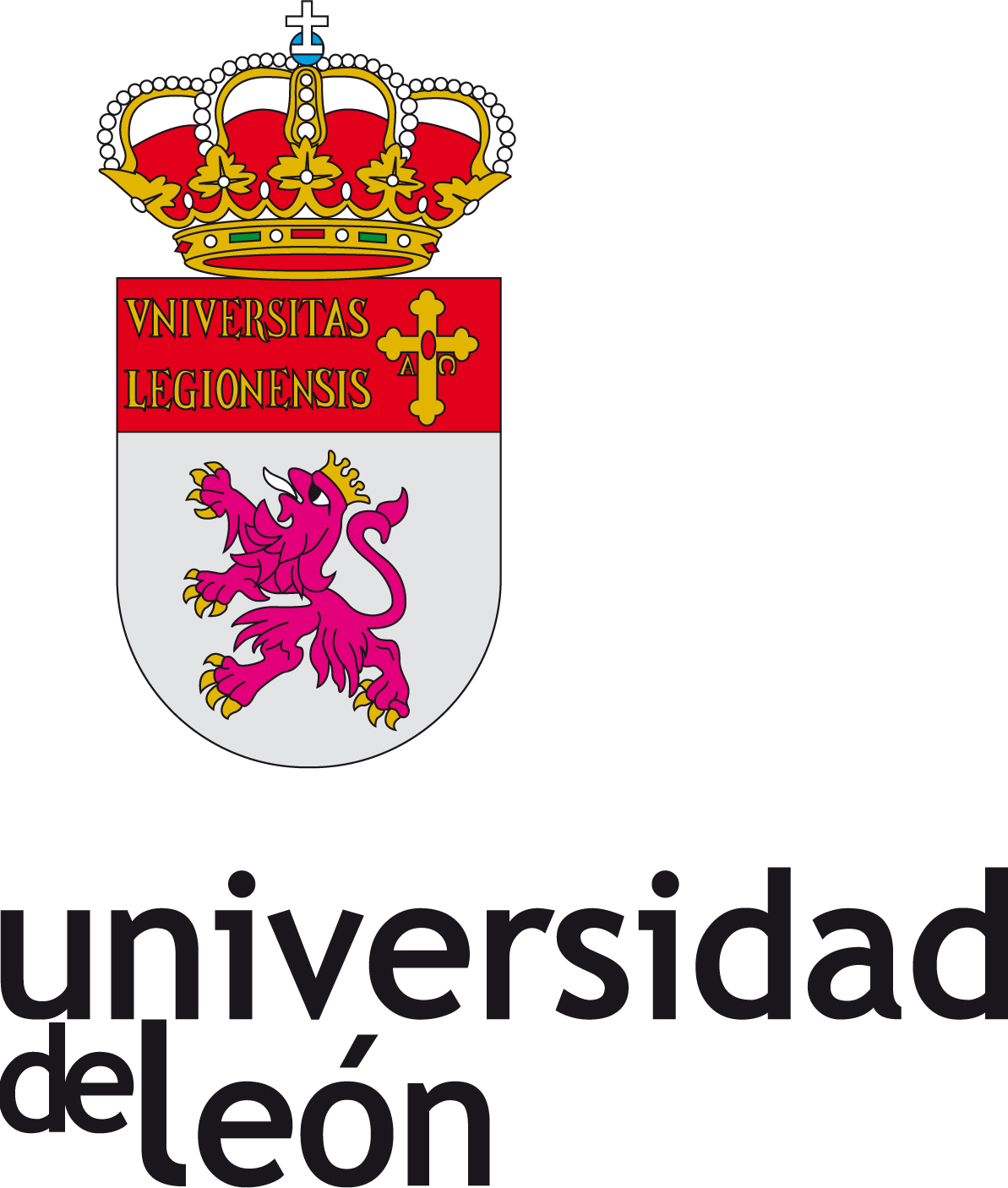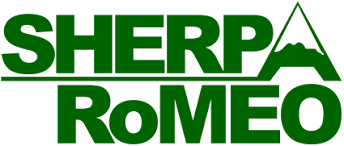Compartir
Título
Integrating anaerobic digestion and pyrolysis for treating digestates derived from sewage sludge and fat wastes
Autor
Facultad/Centro
Área de conocimiento
Título de la revista
Environmental Science and Pollution Research
Número de la revista
26
Editorial
Springer
Fecha
2020
ISSN
0944-1344
Resumen
The coupling of biological and thermal technologies allows for the complete conversion of wastes into energy and biochar eliminating the problem of sludge disposal. The valorisation of fatty residues as co-substrate in a mesophilic digester of a wastewater treatment plant was studied considering an integrated approach of co-digestion and pyrolysis. Four digested samples obtained from co-digestion of sewage sludge and butcher’s fat waste were studied by thermogravimetric analysis. The activation energy corresponding to the sludge pyrolysis was calculated by a non-isothermal kinetic. Arrhenius activation energy was lower for the pyrolysis of a digested grease sample (92 kJ mol−1 obtained by OFW and 86 kJ mol−1 obtained by Vyazovkin) than for the pyrolysis of sewage sludge and its blends (164–190 kJ mol−1 obtained by OFW and 162–190 kJ mol−1 obtained by Vyazovkin). The analysis of the integrated approach of anaerobic co-digestion and pyrolysis of digestates demonstrated that the addition of 3% (w/v) of fat to the feeding sludge results in a 25% increase in the electricity obtained from biogas (if a combined heat and power unit is considered for biogas valorisation) and increasing the fat content to 15% allows for covering all thermal needs for drying of digestate and more than doubles (2.4 times) the electricity production when the scenario of digestion and pyrolysis is contemplated.
Materia
Palabras clave
Peer review
SI
URI
DOI
Aparece en las colecciones
- Artículos [4556]
Ficheros en el ítem
Tamaño:
1.211
xmlui.dri2xhtml.METS-1.0.size-megabytes
Formato:
Adobe PDF














